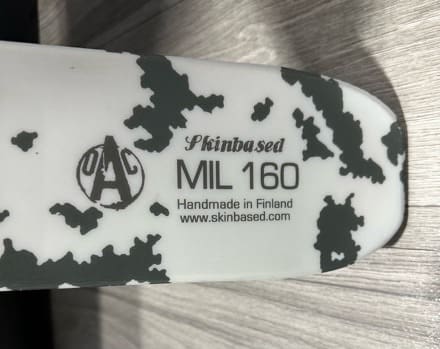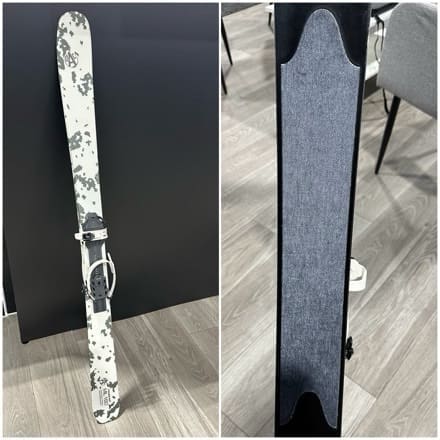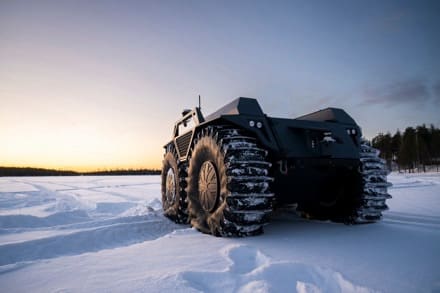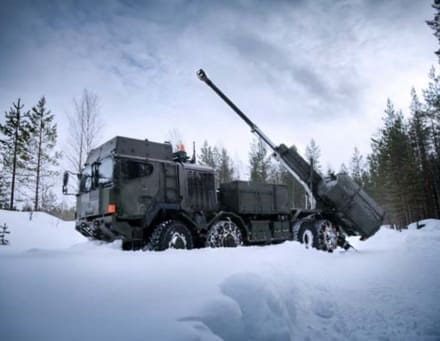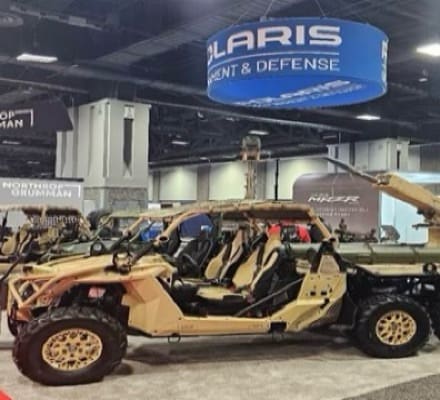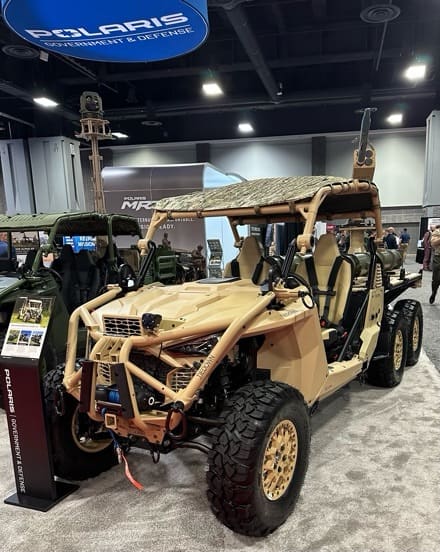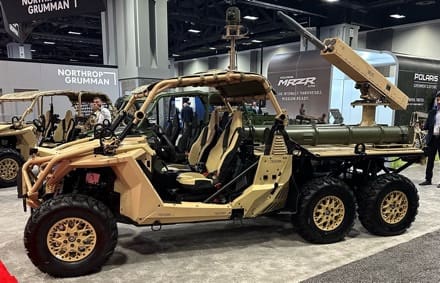Alcon, the highly acclaimed UK-based brake and clutch company and defence brake specialist, is announcing its latest generation full-service Brake-By-Wire technology at Eurosatory 2024. Alcon’s technology is derived from its motorsport products and is applicable to multiple defence vehicle applications. At Eurosatory, Alcon will be available to discuss this and its full range of bespoke and off-the-shelf defence and security orientated braking solutions in Hall 5A, Stand HJ280.
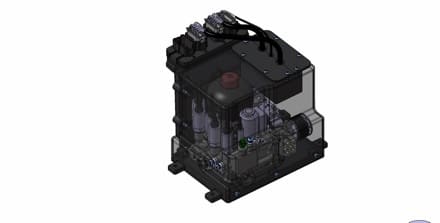
The ever-changing face of defence vehicle technology is entering a new era. Driven by the requirement to further protect the warfighter and to help saves lives, countries are seeking technology enabled battlefield solutions, driving increasing demand for vehicles that are capable of partial or full autonomy. A critical component for OEM manufacturers designing autonomous vehicles is a high-quality, safe, reliable and effective braking system that can be operated with or without a driver in the loop. Alcon’s Brake-By-Wire (BBW) system delivers exactly that with fit-for-purpose redundancy and system safety for each application, plus many other benefits across a range of defence and security vehicles, for both autonomous and crewed vehicle systems.
Alcon has a long and distinguished history of developing innovative and ultimately race winning solutions for the motorsport sector. They started development, and produced their first successful BBW product, for Formula E in 2016 and were nominated for the Most Innovative New Motorsport Product of the Year by the World Motorsport Symposium. Since then, Alcon have continued development of their lightweight motorsport and autonomous BBW solutions driven by successive high-profile programs to produce a product that is not just world-class, but also world-beating. Alcon have combined these years of development, race- track learning and cutting edge engineering experience to produce further variants. These systems are significantly enhanced and enable Alcon to offer a scalable BBW solution to meet the wide range of demands that defence vehicles bring, such as, large vehicle loads or multi-axle solutions (4×4, 8×8 and tracked). In addition, Alcon BBW solutions offer faster braking response, reduced maintenance, improved flexibility and adaptability and enhanced diagnostics.
As defence vehicle OEMs move towards diesel electric drive (with or without a battery to support), EV silent running or stealth modes and autonomy, the ability to integrate the vehicle control system into the wider vehicle architecture becomes vital, reducing mechanical and hydraulic complexity. The introduction of Alcon’s BBW approach is a major step forward because, based on Alcon’s extensive defence engineering experience, the system can be developed to be extremely robust, modular and scalable. Alcon’s BBW solutions offer advanced capability including: independent control of each wheel station allowing for redundancy and braked steering; mechanical separation of the brake pedal from the system, simplification of installation and autonomous and/or remote control of the brake function, and seamless integration with conventional hydraulic braking systems. BBW in defence and security applications is not limited to autonomy as BBW can be used as a conventional foundation braking system or for efficient blending of regenerative and friction braking, delivering significant efficient and performance advantages to any vehicle OEM.
Ollie Jackson, Chief Engineer – Controlled Brakes at Alcon said: “There are many complexities for OEMs delivering autonomous vehicle capability, but with nearly a decade of experience in Brake-By-Wire solutions for high performance motorsport, combined with Alcon’s considerable defence engineering experience, our latest BBW solutions solve many of the associated braking challenges. BBW also helps Alcon to deliver a full-service braking solution that combines the very latest friction braking technology to help align the defence and security vehicle market with the emerging new technologies seen in the wider automotive brake engineering environment. BBW is not just about autonomy, it’s a technology that can be applied anywhere to maximise vehicle efficiency and help save the lives of those operating vehicles at risk in harsh environments.”



